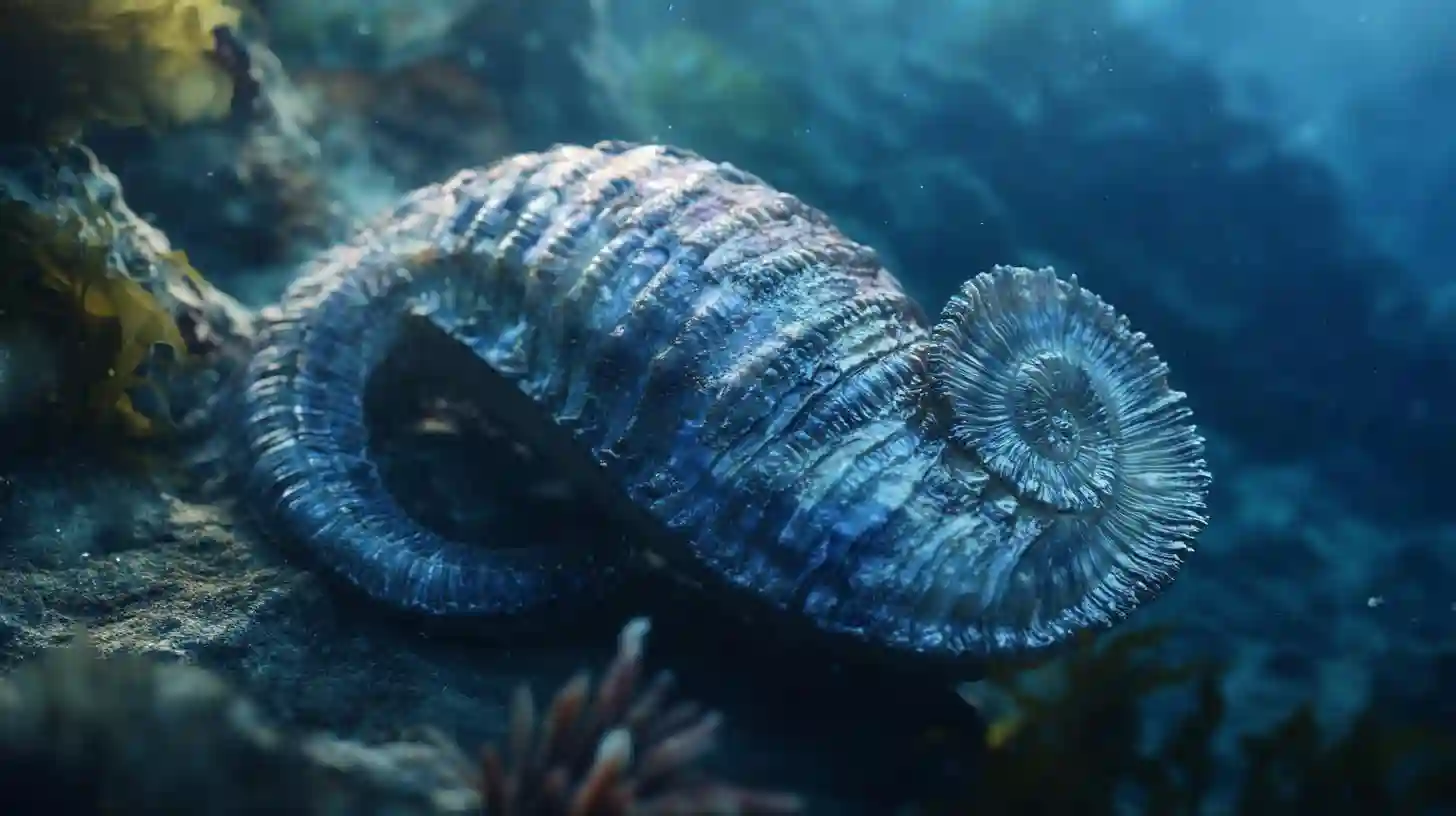
The ocean is a realm of mystery and intrigue, home to a multitude of organisms that often defy our understanding of life on Earth. Among the most remarkable inhabitants are the weird sea animals, each exhibiting unique traits that capture the curiosity of marine biologists and nature enthusiasts alike. These creatures not only survive but thrive in some of the most extreme and unusual environments on the planet, showcasing the incredible adaptability of life.
One such marvel of the deep is the anglerfish. Females of this species are particularly eerie, possessing a bioluminescent lure that hangs from their head, used to attract unsuspecting prey. The males, much smaller than their female counterparts, undergo a strange transformation after finding a mate. Upon attaching themselves to the female via her skin, they effectively become a living parasite, merging their bodies and sharing in her nutritional intake. This peculiar reproductive strategy highlights the extraordinary lengths to which some species will go to ensure their survival and reproduction.
Venturing further into the depths, we encounter the octopus, a truly captivating creature known for its remarkable intelligence and extraordinary camouflage abilities. Using specialized skin cells called chromatophores, an octopus can change its color and texture to blend seamlessly into its surroundings. This exceptional skill is not only a defense mechanism but also an effective way to ambush prey. Some species, such as the mimic octopus, can even imitate the shapes and behaviors of other marine animals, adding yet another layer to their already complex abilities.
Deep-sea environments boast an array of bizarre organisms, including the gulper eel. This curious creature possesses an incredibly expandable body and an enormous mouth that can open wide enough to swallow prey larger than itself. The gulper eel primarily feeds on smaller fish and squid, utilizing its remarkable jaw structure to capture food in the dark depths of the ocean. This impressive adaptation, combined with its elongated body, allows it to thrive where food is scarce and competition is fierce.
Another fascinating inhabitant of the ocean's depths is the immortal jellyfish, scientifically known as Turritopsis dohrnii. This small, transparent creature holds a unique distinction in the animal kingdom: it possesses the ability to revert to its juvenile form after reaching maturity. When faced with physical damage or environmental stress, the jellyfish can undergo a process called transdifferentiation, effectively allowing it to cheat death. While this does not protect it from predation or disease, it is an incredible example of cellular reprogramming that has captured the interest of researchers exploring regenerative medicine.
Exploring the shallow waters yields its own surprises, such as the blobfish, often considered one of the ugliest animals in the world. Found at great depths off the coasts of Australia and New Zealand, the blobfish appears gelatinous, with a structure that collapses under pressure when brought to the surface. It has a unique adaptation that allows it to thrive in its high-pressure, low-density habitat. Instead of a swim bladder, which many fish possess to maintain buoyancy, the blobfish relies on its gelatinous body to remain buoyant in the deep ocean. While it may not win any beauty contests, the blobfish is a prime example of how distinct evolutionary paths can yield remarkably different forms.
The seahorse also stands out in the realm of unique marine creatures. With their distinct horse-like heads and curly tails, seahorses are not only charming but also exhibit unusual reproductive traits. In a fascinating twist of traditional gender roles, it is the male seahorse that carries and nurtures the developing embryos. The female deposits her eggs into a specialized brood pouch on the male’s abdomen, where he fertilizes them and carries them until they hatch. This unconventional method of reproduction showcases the diverse strategies marine life employs to ensure survival.
Among the world's many peculiar marine animals, the nudibranch deserves special mention. These colorful sea slugs are known for their vibrant hues and intricate patterns, which serve as both a warning to potential predators and a means to confuse them. Nudibranchs are also fascinating for their feeding habits; many feed on sponges, anemones, or other compounds, incorporating the toxins from their prey into their own bodies, thus becoming unpalatable to predators. Their ability to absorb and repurpose the characteristics of what they consume makes them a symbol of adaptation and survival in a complex marine ecosystem.
The ocean is filled with bizarre and extraordinary creatures that capture our imagination and broaden our understanding of the natural world. Their unique traits and adaptations provide insights into the mysteries of evolutionary biology and the resilience of life in uncharted territories. From the depths of the abyss to the sun-drenched shallows, the enchanting diversity of weird sea animals invites us to explore, learn, and appreciate the intricacies of marine life. Every expedition into this fascinating underwater world offers the promise of unveiling new secrets, highlighting the constant wonders layered beneath the waves.